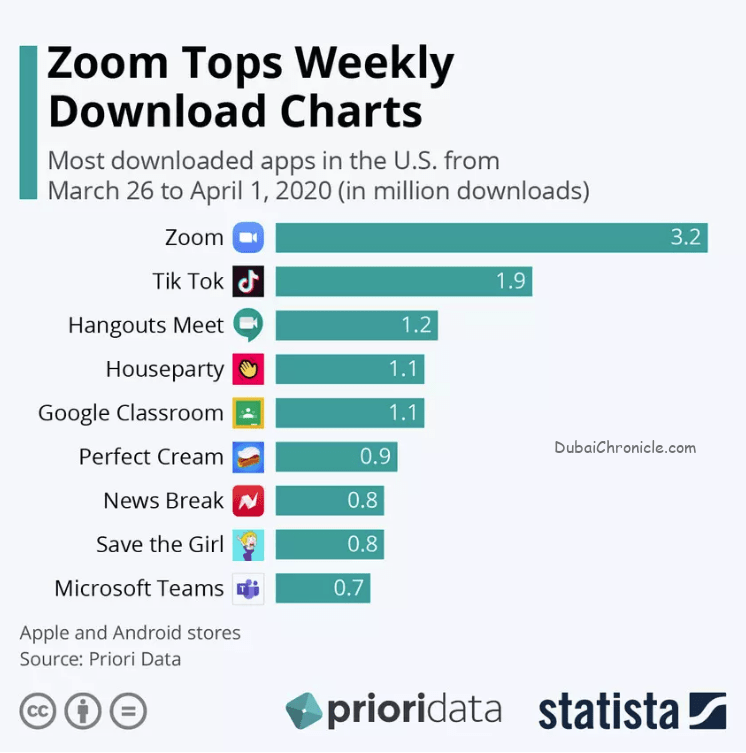- Businesses that use cloud computing will not buckle under the pressure of the coronavirus pandemic.
- Further automation and artificial intelligence will enhance the resilience of supply chains.
- Successful businesses will have a combination of resilience and agility.
COVID-19 is putting the global economy into a tailspin. Many countries are heading for very sudden and unprecedented recession. This crisis will catalyze some huge changes. Few industries will avoid being either reformed, restructured or removed. Agility, scalability and automation will be the watchwords for this new era of business, and those that have these capabilities now will be the winners.
Thanks to government stimulus packages, liquidity is coming back to the market. It will keep enough of the economy afloat so that it can climb out of recession rapidly once the various lockdowns are lifted. But the way much of it is structured means that it will likely benefit already better capitalized larger businesses, over the smaller operators who may struggle.
It would be an over-simplification, however, to paint this new era as one of “big” versus “small”, or “incumbents” versus “upstarts”. The past decade’s tropes that pitted fintechs and digital natives against big banks and consumer brands will seem dated by the middle of this year.
Indeed, one could see the current times as the first real test of the digital-first business mantras that have been extolled over the first part of this century. COVID-19 will force a rebirth of many industries as we all sit at home in lockdown, re-assessing and re-imagining modes of consumption, supply, interaction and productivity. As president of a global technology firm, what intrigues me is where there will be paradigm shifts, as opposed to just existing trends either accelerating or decelerating.
For instance, the shift from cash to digital payments is clearly accelerating. My WEF Council colleague Huw Van Steenis, who is chair of the sustainable finance committee at UBS, highlighted that 31 countries have lifted contactless payment limits this year to support social distancing measures. In the UK, ATM usage was already falling between 6% and 14% a year, but has now plummeted by more than half. As he argued in his “Future of Finance” report, this has major implications for: the resilience of payment forms – young and old; for banks’ business models; and society, as we work to ensure no-one is left behind in an increasingly digital economy.
In the workplace we’re already seeing a super-charging of the nascent bring your own device (BYOD) trend in business technology. As people scramble to work and socialize remotely, previously niche tools such as Zoom, Slack, Microsoft’s Teams, and even the Houseparty app, are suddenly supporting millions of personal and corporate interactions every minute.
Those businesses that have designed their solutions to use the full potential of cloud computing, will not buckle under the pressure. For instance, the cloud gives businesses easy access to digital payment methods. It has enabled companies to continue working, by rapidly and securely providing access to business applications to their employees working at home. Yet it also provides financial flexibility, allowing those seeing a slow-down to wind down the technology costs of business lines that are facing challenges.
Meanwhile, supply chains are having to reconfigure themselves in real time. As the demand for personal protective equipment (PPE), ventilators and other medication spikes, manufacturers are having to retool and reinvent themselves. For instance, the Royal Mint turned its hand to producing medical visors, while Dyson and many other manufacturers, large and small, are producing ventilators or PPE.
As large grocery retailers struggle to manage queues of disgruntled customers, smart local restaurants have been quick to turn themselves into retailers – repurposing their restaurant supply chains towards end consumers.
This combination of scalable and agile capabilities is what will define the short and medium-term success of businesses, whether large or small. But in the longer term, change will have to be more fundamental. Resilience, combined with agility, must be the new focus of business leaders as we all emerge from this crisis.
To create long-term resilience we will likely see further robotic automation and artificial intelligence (AI) within our supply chains. These technologies reduce manual intervention and hand-offs, cutting transmission risks, and reducing the reliance on humans to work face-to-face. They can also enable production to scale and shrink in response to sudden demand.
Indeed, government interventions may have unintentionally accelerated this trend. Many countries’ fiscal stimuli amount to the largest scale experiment in Universal Basic Income (UBI) to date. UBI is considered by many to be a prerequisite for a successful AI-driven economy – by enabling businesses to potentially replace humans without impacting their welfare.
It’s clear that this crisis will cull a lot of outdated practices, yet many more than we might think will continue. We will always want to travel, to eat out, to be entertained, and to have experiences in person. Just don’t expect any of these activities to be unchanged. Or to be delivered by the same brands, and by the same means to which we’ve become accustomed.
We will emerge from this period stronger, wiser and more connected as a global society. Resilience will be at the forefront of every strategy, yet it is agility that will ensure competitiveness, and an ability to respond to the unexpected. To achieve this, businesses will have to re-evaluate where they must be strong and where they must be flexible.
*Written by Mohit Joshi
President; Head, Financial Services, Insurance, Healthcare and Life Sciences, Infosys Limited





































